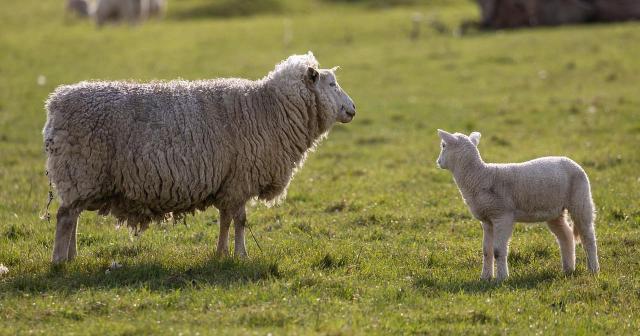We’ve released the New Season Outlook report for 2024-25, highlighting that while the red meat sector continues to face difficult times, there are signs of ‘green shoots’ on the horizon.

Beef + Lamb New Zealand (B+LNZ) has released the New Season Outlook report for 2024-25, highlighting that while the red meat sector continues to face difficult times, there are signs of ‘green shoots’ on the horizon.
The report forecasts that farm profitability for 2024-25 will remain under pressure, with Farm Profit Before Tax expected to decrease by 7.4 percent to an average of $45,200 per farm.
Although revenue is forecast to increase slightly by 1.1 percent, this is offset by a projected 1.8 percent rise in farm expenditure. High costs, particularly interest payments, continue to impact profit margins, with profitability remaining at levels similar to those seen in the 1980s and 1990s.
Kate Acland, Chair of B+LNZ acknowledges the sector's current difficulties but remains optimistic about the future.
"It’s been a tough year for many in the industry, and the upcoming season is also shaping up to be challenging. However we are starting to see some positive signs in the market, we know our sector is strong, resilient, and will bounce back even if it may still take some time.”
A sluggish Chinese economy is expected to continue to weigh on sheep prices. China is by far New Zealand’s largest mutton market and remains our largest single lamb market and what happens there has a big impact on global lamb markets.
The lamb price is projected to be $130 per head, up just 1.1 percent from last season but still 8.2 percent below the five-year average. Mutton prices are expected to remain steady at $60 per head, which is 46 percent below the five-year average.
However, there are some positives.
The all-beef price is forecast to be $5.35 per kilogram, 4.3 percent above last season and 4.8 percent above the five-year average, reflecting strong demand in the United States, where the cattle herd is at its lowest level in over 70 years. European and North American markets are also expected to remain solid for lamb.
In the last few weeks, we have also seen a significant decrease in lamb processing in Australia. If this trend continues, that coupled with less expected supply from New Zealand, the EU and UK, could see global lamb prices lift higher than we are currently forecasting.
As sheep revenue represents about 42% of average farm revenue, what happens with these prices is key to the speed of a recovery in farm profitability.
Export volumes for New Zealand red meat are expected to be lower in the coming season, with lamb down 7.2 percent, mutton down 7.1 percent, and beef down 3.3 percent. This is due to a significant decrease in sheep and cattle numbers driven by drought this year. Lamb production is also expected to be down significantly due to the fall in ewe numbers and a lower lambing percentage because of the drought.
Some farmers have also started to feel a bit of relief in their debt servicing with a reduction in floating interest rates, following the recent first cut in rates by the Reserve Bank. It is possible there could be faster and deeper cuts in interest rates than are currently built into our forecasts.
So, while the current forecast for profitability this coming year are sobering, there are a number of factors that could see the recovery be more rapid than anticipated and the medium-term the outlook for our red meat exports remains strong.
- Read the full report (PDF, 2.1MB)
- Read summary (PDF, 346KB)
The New Season Outlook report is one of a number of analyses produced by B+LNZ to give insights into the sector and assist farmers with information for them to make decisions.
(ENDS)
For media enquiries, please contact [email protected] or call 027 209 9891.